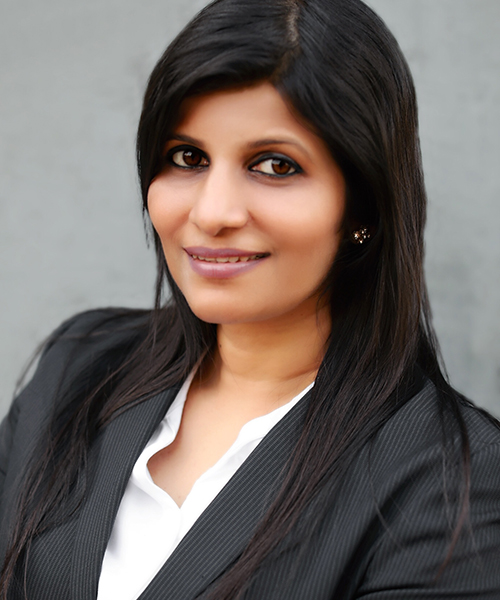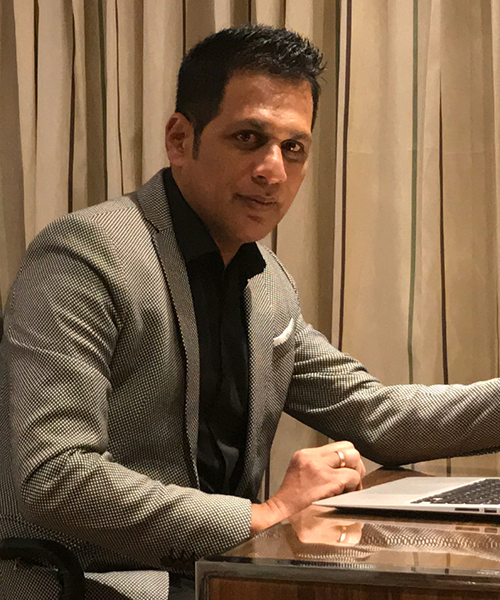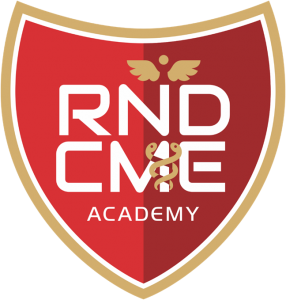One of the WHO reports says “CME is a requirement for the registration of health professionals in many developed countries, such as the United States, but CME opportunities are limited in the developing world because of the lack of legal or other incentives, according to a study called Promoting Rational Use of Medicines published in September 2002 by WHO’s Essential Drugs and Medicines Policy Department.”
Medical Council of India established a code of ethics stating that members should complete 30 hours of CME every five years in order to re-register as doctors, but only about 20% of India’s doctors follow this as it is not legally binding. Now the Medical Council of India wants the Indian parliament to enshrine this principle in law by amending the Indian Medical Council Act of 1956 that governs medical practice across the country.
Effective design of a CME activity requires an understanding of the professional practice gaps which need to be addressed, specific measurable learning objectives to bridge the gaps, and meaningful evaluation to demonstrate the improvements in practice which result. Think of a CME activity as an opportunity to transform the practice of medicine!
We at RNDCME Academy endeavor to develop effective CME activities from answering the questions “Why is there a practice gap?” and “How do we close the gap?” We understand that shift from simple literature searches to a more in-depth examination of the practice gap can be confusing. The purpose
of gap analysis is to create a better educational program by asking: “What’s the problem?” “Whose problem is it?” “Why is there a problem?” “How can it be fixed?” Analyzing the learning environment including the physical atmosphere, faculty requirements, available resources, and learning barriers is another step in the gap analysis. All these answers should be used to develop learning goals. In the most straightforward way, the professional practice gap is described as the difference between what is and what should be. Learning Objectives represent the translation of identified practice gaps into relevant educational goals. These objectives reflect the overarching goals of the educational activity.



